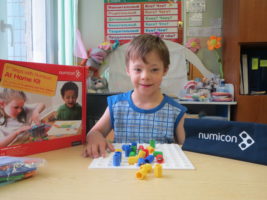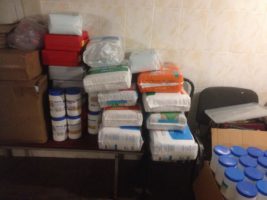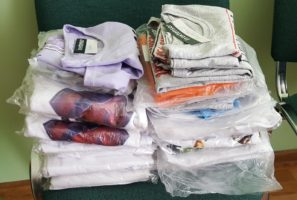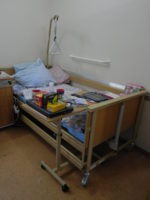The Goal of the Project
Improve the quality of life of children in orphanages and boarding schools by organizing financial support and social, developmental, cultural and educational activities, and by meeting spiritual and material needs.
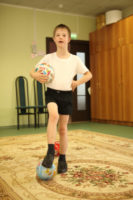 No matter how we try to reduce the number of orphanages in our country, orphans are still living in care facilities: baby and children orphanages, and boarding schools. Of late, these institutions are frequently combined and renamed, but they remain essentially the same – the children are not living at home with mom and dad. They reside in a state institution until they are 18 years of age. Children living in an orphanage today will most likely graduate from it without ever living with a family, as we wish to see happen. And the families of children from boarding schools for children with special needs will not hire tutors to come home, and they will not keep a child in their home full-time – these children only live at home on weekends, provided the family is more or less prosperous. Most orphans are social orphans with living parents and relatives.
No matter how we try to reduce the number of orphanages in our country, orphans are still living in care facilities: baby and children orphanages, and boarding schools. Of late, these institutions are frequently combined and renamed, but they remain essentially the same – the children are not living at home with mom and dad. They reside in a state institution until they are 18 years of age. Children living in an orphanage today will most likely graduate from it without ever living with a family, as we wish to see happen. And the families of children from boarding schools for children with special needs will not hire tutors to come home, and they will not keep a child in their home full-time – these children only live at home on weekends, provided the family is more or less prosperous. Most orphans are social orphans with living parents and relatives.
The Social Problem
The facilities, resources, and institutions for orphans, especially for orphans with disabilities, leave much to be desired in most areas of Russia. The circumstances in which orphans live and grow depend directly on the budget of the region. Because no budgetary funds are allocated, directors of boarding schools come to us with requests for assistance with fundamental needs – clothing and footwear for the children, books for their libraries, and assistance with facility maintenance.
Our Solution
Organizations that promote the adoption of children and their care exist. We are engaged in improving the quality of life for children who live in boarding schools and, unfortunately, will remain there. And we would like to make these conditions the best they can be by working in the following areas:

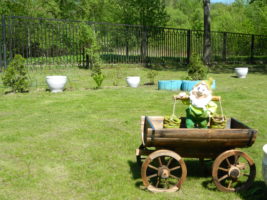
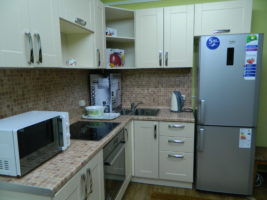
– Improving facilities and resources
– Improving indoor climate
– Providing needed clothing, footwear, and hygiene products; purchasing equipment; etc.
Therefore, we accept applications from institutions, and money is needed to provide prompt assistance. If all current applications are approved, incoming funds are allocated and spent on the next request for assistance.
Types of Assistance
- Organization of developmental, cultural, and educational events
- Improvement of living spaces (minor repairs, equipment, furniture, household appliances, textiles, playgrounds, sensory rooms, and other things in children’s institutions)
- Supplementary nutrition (purchase, delivery, and feeding)
- Specialized equipment (mattresses for preventing pressure sores, wheelchairs, walkers, etc.)
- Hygiene products, clothing, and footwear
- Communications equipment (including personal communication devices, computers, tablets, etc.)
- Teaching aids, manuals, books, and supplies used for creative and developmental activities
- Special individual devices
- Improvement of an institution’s infrastructure for treatment, education and development of children,
- Continuing education for an institution’s specialists, provision of the latest equipment, and support for modern practices
